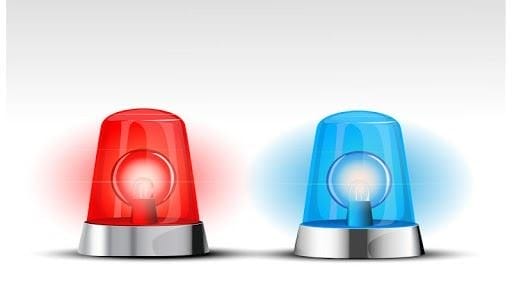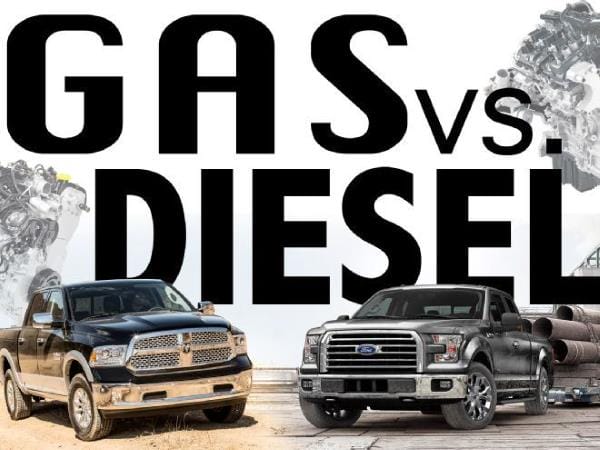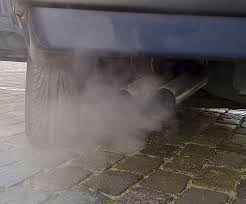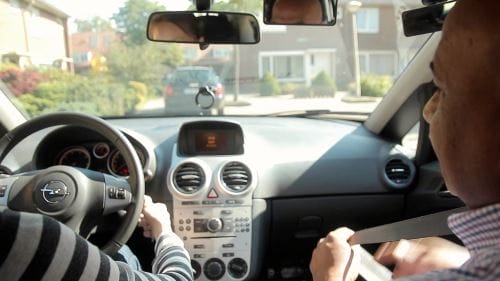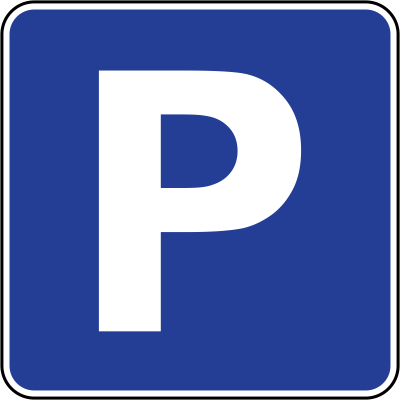Most people are not clear on the type of gas to use and similarly, do not understand the
difference between regular and premium gas. Lack of knowledge on the right type of gas to use
reduces your car’s power thus causing damage. Undoubtedly, premium gas is the better option
and this is backed up by many auto experts. Other than the obvious reason that premium gas has
a higher octane level that is responsible for high engine performance and general efficiency,
there are several reasons as to why you should opt for premium gas.

1. Car power optimization
In order to benefit from the highly advertised horsepower, fill your car engine with premium gas.
It allows for your engine design and calibrations to be quite more aggressive. Cars whose
engines use premium fuel have been reported to yield additional power especially if you are
towing massive weight or even driving in extreme heat.
2. More Additives
Even though the additives in gasoline are not talked about much, they actually matter and the
right additives help in maintaining your car engine as required. Premium gas has a higher
concentration of detergent additive and therefore improves the gas quality. The intake valves and
fuel injectors are well maintained as a very small amount is deposited.
3. Less knocking’
Uncontrolled combustion of fuel inside the gas cylinders severely cause damage which causes
knocking’. Premium gas causes less carbon deposits. Carbon deposits increase the combustion
ratio which consequently raises the engine’s octane rating. With this type of gas, even old cars
run much efficiently.
4. Improved mileage
Premium unleaded petrol increases the number of miles for your car before refilling. This is
because engines with higher power require less fuel refills. Auto experts recommend premium
gas even though your car uses regular gas as you need to refill less.
5. Lower fuel consumption
Lower fuel consumption is a huge save for most car owners and drivers as this saves on money.
The less the fuel consumed, the less the cost as well. With improved mileage comes less fuel
consumption. Even though the price of premium fuel might be a little higher, it is convenient to
use for long distance travels and also heavy-truck engines as well.
6. Reduced engine wear and tear
Whenever pressure and temperature are concerned, the engine tends to suffer a lot of damage.
Premium gas reduces the damage caused to your engine by reducing the risk of pre-ignition no
matter how hot and stressed your cylinder is.
7. Higher general performance
A car’s general and overall performance highly depends on the type of fuel used. If your car is
turbo or supercharged, or if you enjoy driving in open roads, it is best to increase your car’s
performance by filling your cylinders with Premium gasoline.
Before complaining about the price of premium gas being a few cents (per gallon) higher than
that of regular gas focus on the impeccable benefits of premium gas and evade any future
disappointments. It is after all one of the best life hacks when car talk is involved.

